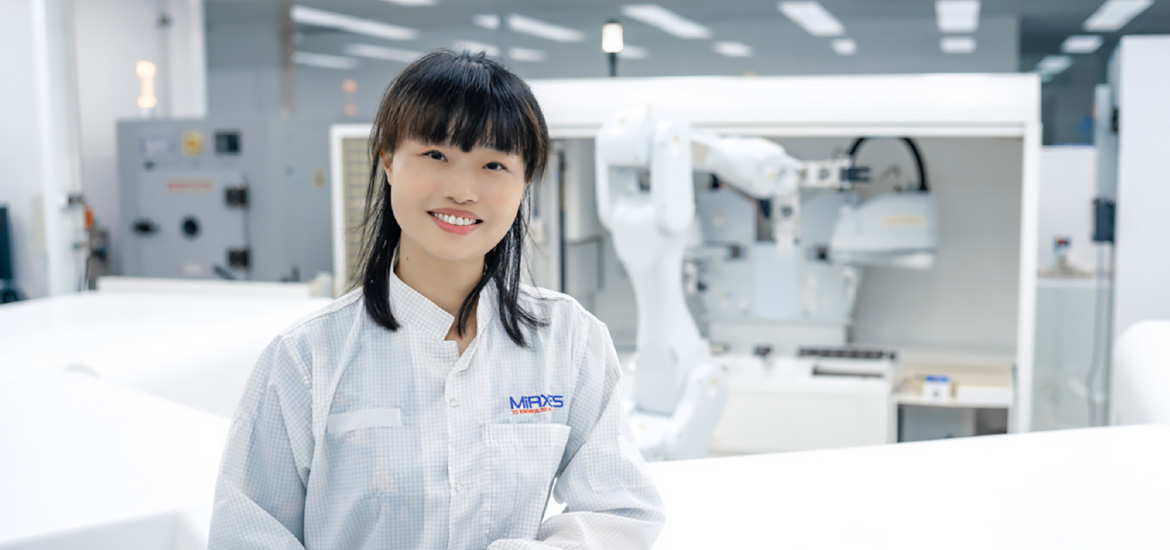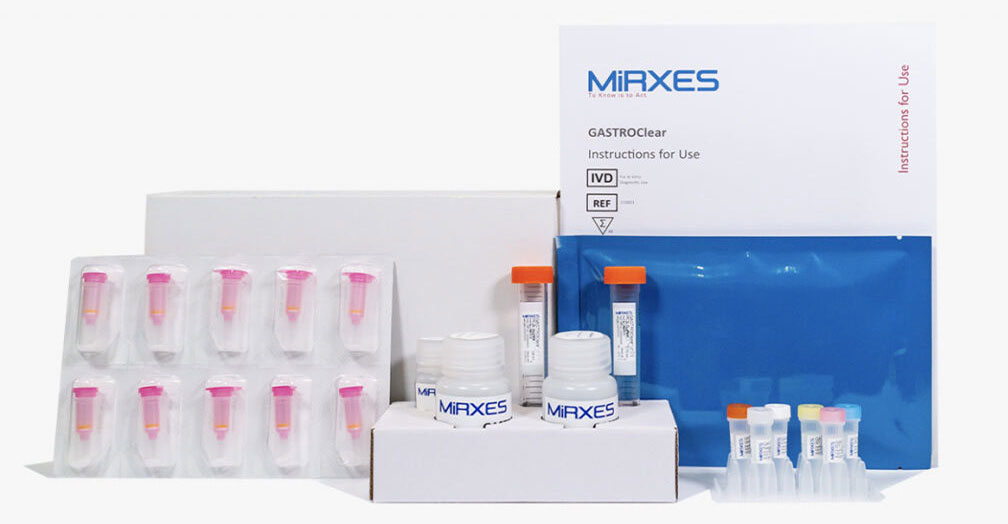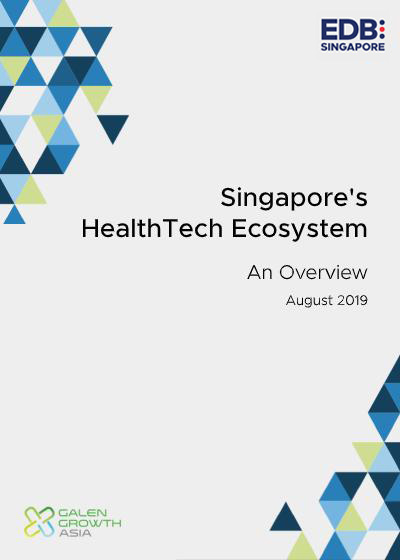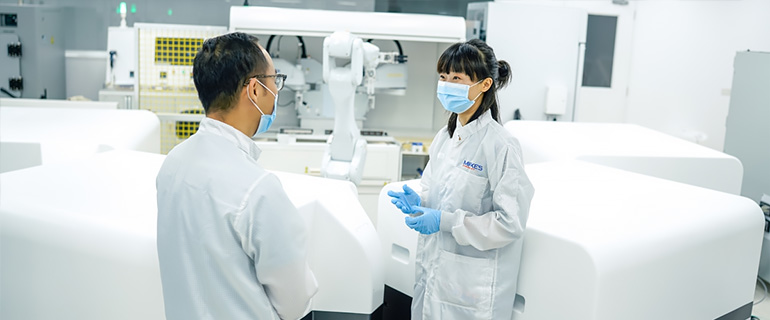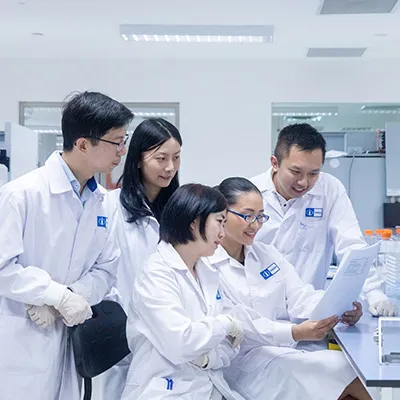Cancer. A global disease that continues to plague people and their loved ones. During 2020, more than 19 million new cancer cases and 10 million cancer deaths were recorded globally. The number of cancer-related fatalities worldwide is predicted to top 20 million by 2035. For most of us, the past few years will be remembered for the continued presence of COVID-19. What is often overlooked, however, are the myriad of other illnesses like cancer that prevailed during this time.
To counter the onward march of such diseases, the medical community must switch its focus from treating illnesses to preventing them, says Dr Zhao Pan, Vice President of Products at MiRXES. “Healthcare is undergoing a paradigm shift made possible by the advancement of technology, and preventive healthcare is a new lifestyle to all of us.”
Saving and improving lives through early detection and interception is the mission of Zhao’s company. MiRXES’s microRNA-powered cancer early detection tests have been particularly successful so far. “Our flagship product, GASTROClear, is the world’s first approved molecular blood screening test for gastric cancer. In a three year prospective clinical trial that enrolled 5,248 patients, it detected 90% of Stage 1 gastric cancer cases, which were mostly asymptomatic.”
